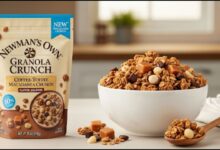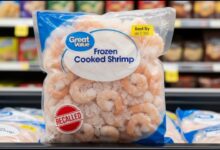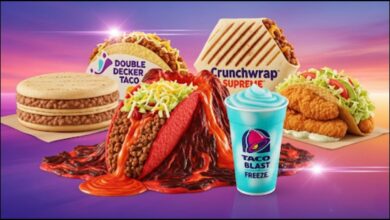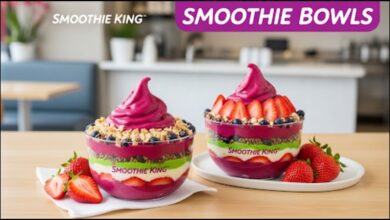How Trader Joe’s Private Label Strategy Cuts Costs for Consumers
The success of Trader Joe’s is rooted in its private-label strategy, which allows the retailer to offer groceries that are way cheaper than competitors. By sourcing products directly and cutting out middlemen, the company provides significant value on items like specialty cheeses, frozen foods, and coffee, a key factor in its loyal customer base.
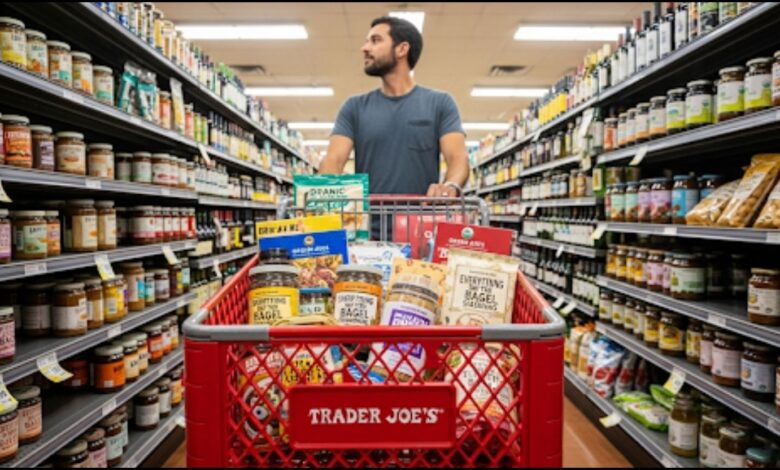
The American grocery landscape is marked by intense competition and razor-thin margins. Amidst this environment, one retailer, Trader Joe’s, has carved out a unique and loyal customer base, largely by offering a curated selection of products at prices that often-undercut larger competitors. This pricing advantage, particularly on items like specialty cheeses, nuts, and select frozen foods, is a direct result of the company’s unconventional business model, which heavily favors private-label products and a streamlined supply chain.
The Trader Joe’s Pricing Model: A Deep Dive into Cost Savings
The foundation of Trader Joe’s pricing strategy lies in its commitment to private-label goods. According to a report by the Ivey Business Review, approximately 85% of the products on Trader Joe’s shelves are sold under its own brand. This approach is a deliberate departure from the traditional supermarket model, which relies on stocking a vast array of national brands and supplementing them with a small selection of store-brand alternatives.
By developing and sourcing its own products, Trader Joe’s effectively eliminates the “middleman” of national brand suppliers and distributors. This direct-to-manufacturer model allows the company to negotiate prices directly with producers, a process that significantly lowers its purchasing costs. “Trader Joe’s deals directly with manufacturers and growers, cutting out the brokers and distributors,” notes a CNET analysis, which found the retailer to be over 20% cheaper than a conventional grocery store in a 2025 price comparison.
Groceries That Are Way Cheaper at Trader Joe’s
While many items offer savings, an analysis of consumer reports and market data reveals several key product categories where Trader Joe’s consistently offers a better value. The company’s focus on a limited number of SKUs (Stock-Keeping Units)—around 4,000 per store, compared to the industry average of over 50,000—allows it to buy in larger volumes for those specific items, further driving down costs.
- Specialty Cheeses and European-Style Butter: These items, often considered a luxury at other retailers, are a hallmark of the Trader Joe’s value proposition. A pound of Parmigiano Reggiano, for instance, might cost over $22 at a competitor, while the same item at Trader Joe’s is priced notably lower. Similarly, its French-made cultured butter, designed to compete with premium brands like Kerrygold, is sold at a significantly reduced price point.
- Spices and Seasoning Blends: Trader Joe’s has become a go-to destination for affordable, high-quality spices. The brand’s widely popular seasonings, such as the “Everything but the Bagel Sesame Seasoning Blend,” are priced at around $2, a fraction of the cost of similar national brand products. This category demonstrates the company’s ability to create unique, buzz-worthy items at an accessible price.
- Nuts and Dried Fruits: As commodity prices for nuts can fluctuate, traditional grocers often pass these costs on to the consumer. Trader Joe’s, however, leverages its supply chain to offer a wide selection of mixed nuts and dried fruits for under $5 in many cases. This is a significant saving compared to the premium prices often found at other stores.
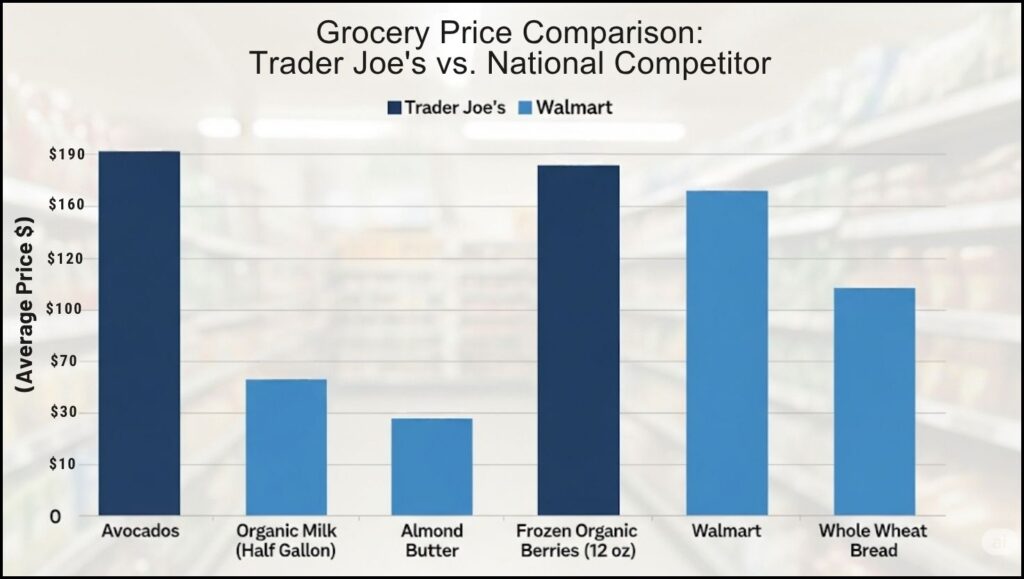
- Frozen Foods: The frozen food aisle is where Trader Joe’s truly excels in product innovation and value. Fan favorites like Mandarin Orange Chicken and frozen gyoza are priced far below comparable offerings from national brands. For example, a bag of Mandarin Orange Chicken might be priced at $4.99, while a similar product from a competitor could cost over $7. The low prices and convenience of these items make them a core component of the “budget-friendly” shopping experience.
- Coffee: With its focus on premium quality at an affordable price, Trader Joe’s coffee selection—both whole bean and ground—is consistently cited by consumers as a high-value purchase. The company’s ability to source beans directly and package them under its own label allows it to bypass the markups associated with larger, well-known coffee roasters.
- Wine and Alcohol: Trader Joe’s has famously built a reputation on its low-cost wine offerings. The store’s private-label wine brand, Charles Shaw, colloquially known as “Two-Buck Chuck,” has historically been a significant driver of customer traffic. Even with recent price adjustments, a bottle still remains one of the most economical options available, a key competitive advantage.
- European-Style Butter: A less obvious but equally significant saving is on European-style butter, which is known for its higher butterfat content and rich flavor. While name-brand competitors often sell this product for over $6, Trader Joe’s offers a comparable version for around $4.69, a price point that is difficult for other retailers to match.
The Role of Private Label in a Competitive Market
The prevalence of the private-label model at Trader Joe’s is not just about cost-cutting; it is also a strategic tool for brand differentiation. By offering a vast array of unique products that cannot be found elsewhere, the company creates a “treasure hunt” atmosphere that encourages customer loyalty and reduces price sensitivity. This strategy is particularly effective in a grocery market where most stores carry the same major national brands.
Dr. Anya Sharma, a senior fellow at the Brookings Institution specializing in consumer economics, explained the phenomenon in a recent interview. “The Trader Joe’s model is a powerful case study in the economics of private branding. By controlling the entire product lifecycle from sourcing to shelf, they can offer a product that feels both unique and high-quality, without the marketing and distribution costs that inflate the price of national brands. This builds a strong sense of trust and value with their core consumer base.”
A Targeted Consumer Base and Operational Efficiency
The success of the Trader Joe’s model is further supported by its targeted marketing and operational efficiency. The company, which is owned by the same German company that operates Aldi Nord, has a similar no-frills philosophy when it comes to advertising. Instead of spending millions on traditional ad campaigns, it relies on word-of-mouth, its popular “Fearless Flyer” newsletter, and a quirky in-store experience to attract and retain customers. This approach saves on marketing costs, a saving that is passed on to the consumer.
Furthermore, the smaller footprint of Trader Joe’s stores and the limited product selection simplify logistics and reduce overhead costs. While some critics argue that the lack of choice can be a drawback, the company’s loyal customers appear to favor the curated shopping experience and the consistent quality of the private label goods. The 2025 Axios Harris Poll 100, which crowned Trader Joe’s America’s “Most Visible Brand,” cited its reputation as an “inflation fighter,” a testament to its ability to maintain fair pricing despite broader economic pressures.
In a market where consumers are increasingly concerned about rising food costs, Trader Joe’s continues to leverage its unique business strategy to offer a compelling value proposition. The company’s success demonstrates that a focus on private-label products, direct supplier relationships, and a distinctive brand experience can create a sustainable economic advantage, benefiting both the company and its customers. The ongoing appeal of these low-cost items suggests this model will remain a significant force in the retail grocery sector.
How Trader Joe’s’ Seasonal Retail Strategy Creates Customer Frenzy

